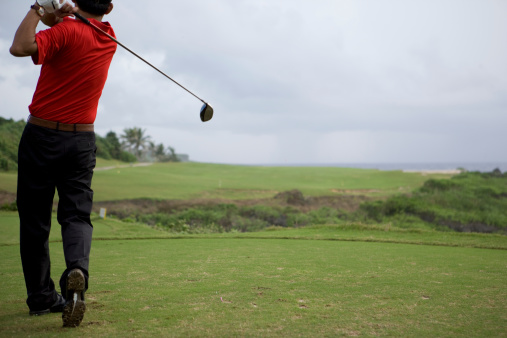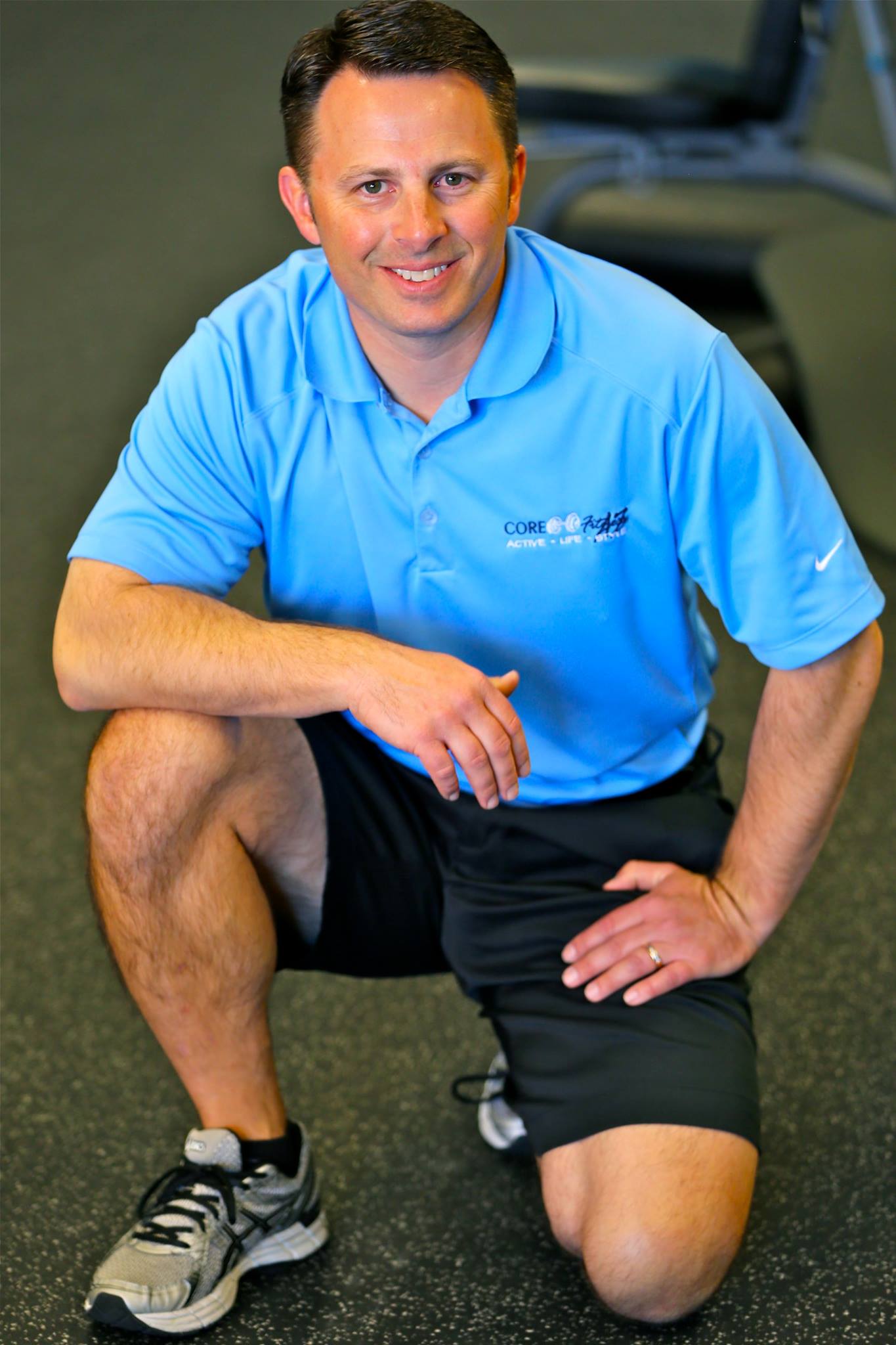
As a certified Titleist Performance Institute Golf Fitness instructor, the first areas of concern are mobility and stability. A golfer will not get adequate power transfer if he or she does not have good mobility and stability. If strength training exercises are done without adequate mobility and stability, then the golfer will only be emphasizing faulty movement patterns.
The human body is a system of stacking stable and mobile joints. At risk of sounding like a Happy Days anatomy lesson, here is stacking stable and mobile joint system. The foot is stable, the ankle mobile, the knee stable, the hip mobile, the lumbar spine stable, the thoracic spine mobile, scapula stable, the neck mobile, the shoulder mobile, the elbow stable, and the wrist mobile.
Your stable joints are the rock to the mobile joints. If a mobile joint isn’t as mobile as it needs to be in the golf swing, then the stable joints above and below will need to compensate. When a stable joint is able to act as a rock, then you will get any and all of the swing faults that will rob you of power and accuracy.
Follow these exercises to improve mobility for your golf swing. Always consult a physician before exercising. If you experience pain, faintness, or dizziness stop exercising immediately.
Ankle Windshield Wipers All Directions-Long Sitting
Start on the ground in the long sitting position with your knees and feet approximately hip width apart. Try to rock your feet from the ankle back and forth and side to side, without changing the distance between your feet and knees. Try to move your ankles in all different directions.
Hip Drops
Lie flat on your back with your knees bent and feet separated wider than shoulder width apart. Drop both knees to the right as far as possible, but maintain a stable core and try to keep your back as close to the ground as possible. Now drop knees to the left. Repeat back and forth.
Open Books
Lie on your side with your knees bent and your hands extended out in front of you. Keeping your knees in contact with the ground, try to rotate your top arm all the way across your body. Try to touch your forearm to the ground, keeping your arm at chest level. Return and repeat on both sides.
Twisted Prayer Stretch
Start by getting into a prayer position by kneeling down on the ground and sitting back onto your heels. Place both arms on a Swiss Ball and slowly roll the ball straight out in front of you. Go until you feel a big stretch in your lats and stop if there is any pain. Then try to rotate to the left to get a bigger stretch on the right lat and hold. Repeat on the other side!
I excluded exercises for the wrists and neck because of the complicated nature of those areas. Please consult a Titleist Performance Institute professional for the neck and wrist screen before starting mobility exercises for those areas. All exercises above are taken from the MyTPI.com website. The descriptions are copied directly from the MyTPI website in order to optimize results.
 Cory Schidler is a personal trainer with 20 years of experience and has been sculpting the bodies of North Scottsdale’s elite for over 15 years. He received his Bachelor of Science degree in Exercise Science, from the University of Nebraska and is certified by the American Council on Exercise, as well as Titleist Performance Institute. His clients include physicians, international business owners, busy stay-at-home moms, teenagers and retirees. Cory owns and operates Core Fitness AZ, a personal training studio in North Scottsdale. www.CoreFitnessAZ.com Facebook Twitter
Cory Schidler is a personal trainer with 20 years of experience and has been sculpting the bodies of North Scottsdale’s elite for over 15 years. He received his Bachelor of Science degree in Exercise Science, from the University of Nebraska and is certified by the American Council on Exercise, as well as Titleist Performance Institute. His clients include physicians, international business owners, busy stay-at-home moms, teenagers and retirees. Cory owns and operates Core Fitness AZ, a personal training studio in North Scottsdale. www.CoreFitnessAZ.com Facebook Twitter